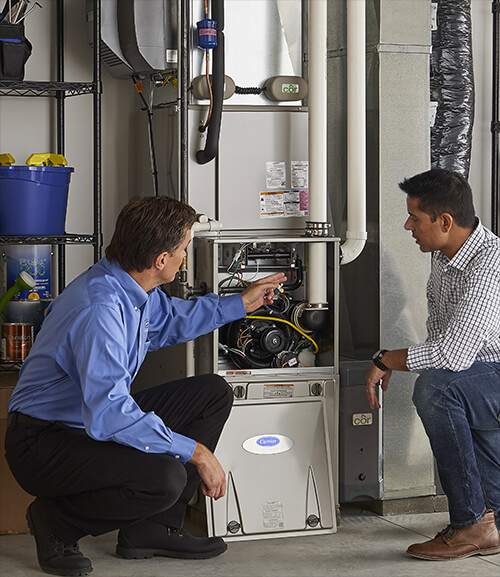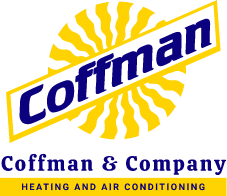
Despite depending on your furnace to keep your family safe and comfortable over the winter, you may not know how it actually works. While it may seem like a bit of magic at first, understanding the general process helps you get the most from your unit. Pull back the curtain, and see what makes your furnace work and how you can help it perform better.
It Stars at the Thermostat
Your thermostat is the brain of your heating system, signaling when to start a heating cycle. This is why keeping your thermostat in good working order is so important.
You can expect a thermostat to have a service life of about 10 to 15 years. During that time, you may need to have it calibrated and will also need to change its batteries. The standard recommendation is to change the batteries twice a year, coinciding with when you get HVAC maintenance. This prevents it from running low on power and failing to send the correct signals to your furnace.
You also want to be careful as to the thermostat’s placement. If you place it near a window or in direct sunlight, it may cause it to register the air temperature as too hot or too cold, running your system at the wrong times. Likewise, be careful not to put it in direct line of a furnace vent for the same reason.
Queue the Burner
Once the thermostat sends the signal to start the furnace, it’s time for the burner to ignite. There are three common types of igniters you’ll find in modern furnaces: the pilot light, the direct spark igniter, and the hot surface igniter.
The pilot light is a small flame that constantly burns, using a small amount of fuel. As soon as the thermostat signals the system to start, this flame ignites the burners. One of the challenges with a pilot light is the tendency for it to blow out for one reason or another and need relighting.
Direct spark igniters create a spark using a small charge of electricity, much like the igniter on a gas grill. This spark then lights the main burner rather than depending on a pilot light.
The hot surface igniter also uses electricity to light the burner but works more like a light bulb filament. Once the surface of the igniter gets hot enough, the gas starts flowing to the burner, where it lights.
Cycle the Air
The furnace starts producing hot exhaust once the burner is lit, which rises into the heat exchanger. Some furnaces allow this to happen naturally by way of thermodynamics, while others have a fan that draws the exhaust up. Once the sensor registers that the heat exchanger has achieved the right temperature, the circulating fan starts.
This fan is responsible for bringing air into the system through the return register, pushing it through the heat exchanger, and then back out into your home. Without this flow of air, the heat would stay at the heat exchanger, causing it to overheat.
Several issues may restrict the air movement in your home and system. The most common and easiest to fix is a dirty furnace filter. Some contaminants flow through the filter and settle on the heat exchanger and circulating fan. All of these issues cause your system to run longer cycles and add strain to its components, leading to preventable repairs.
In your house, closed or blocked registers also cause airflow restrictions. To prevent this, make sure each register is open and that each has at least a 2-inch clearance in all directions. Also, leave doors open to rooms without a return vent whenever possible.
Giving Your Furnace the Right Attention
If you give your furnace the right attention, it should have a service life of 15 to 20 years. The most important attention it needs is regularly changing the furnace filter. Plan to check it every month, and gently clean it with a vacuum. You’ll likely need to change it about every 90 days if you have average air quality.
The next most critical task is getting annual furnace maintenance. This allows a technician to clean the internal airflow restrictions and tighten down connections that loosen from vibration. It also allows them to test your system so that you find small problems early before they evolve into large repair bills.
Coffman & Company has been the heating and cooling provider of choice for residents of Wheat Ridge since 1983. Our NATE-certified team provides installation, maintenance, and repair services for furnaces, air conditioning systems, and water heaters. Call to schedule your furnace repair or maintenance appointment with one of our friendly technicians today.

